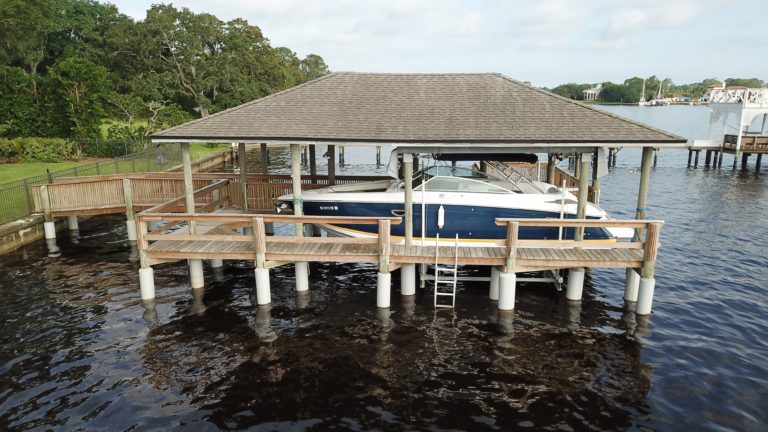What You Should You Know About Marine Wood Destroying Organisms

Over the years, the importance of environmental awareness has brought about regulations upon which preservative chemicals and biocides can be used in marine applications. As a result, while marine ecosystems are revitalizing and flourishing, simultaneously, the amount of marine wood destroying organisms are steadily increasing. With both the rise of marine wood destroying organisms and the limiting of chemicals in water, this has caused the inevitable increase of degradation in wood utilized within marine applications. This being stated, in order to efficiently maintain wood-based marine structures and combat wood decay, it is important to discuss the ways in which they damage wood and how to protect it from these organisms.
Shipworms
The invasive marine wood destroying organisms are categorized into two distinct groups, Mollusks and Crustaceans. Mollusks, commonly referred to as Shipworms and Boring Clams, are closely related to other bivalve organisms such as mussels and oysters.
The origin of Shipworms are not exactly known. However, one of the earliest known infestations date back to Europe and Christopher Columbus in 1503 when Shipworms damaged his ships to the point of sinking. In the present day, they are a globally invasive species in most warm saltwater environments. On average, Shipworms can grow up to four to six inches long and a quarter inch diameter, but have been documented to measure over six feet long and six feet long. Furthermore, Shipworms are highly specialized bivalve mollusks adapted for boring into and living in submerged wood. As they bore through the wood using their sculpted shells to rasp the wood, they leave behind calcareous lined tubes in the wood’s interior. These tubes cause lumber to be unsuitable or structures to be weakened. Shipworms will typically attack any untreated wood that is submerged in water, with the greatest extent of damage being notably found near the mudline.
Boring Clams
Similar to Shipworms, boring clams thrive in brackish and saltwater. Throughout history, they are documented to have attacked creosote treated timber, concrete, and even lead. While they are worldwide and more versatile in their damaging capabilities than Shipworms, Boring Clams are not as common. They are distinguishable by their whitish-grayish shells that gape on either end.
Crustaceans
Crustaceans, the second category of marine wood destroying organisms, typically highlight the three most common genera being Limnoria, Sphaeroma, and Chelura. From the three aforementioned genera, the Limnoria, also known as a Gribble, is the most notable because it can still attack creosote treated wood and wood components. The crustacean species burrows just below the wood’s surface creating honeycomb-like tunnel networks within the wood for shelter. Although the Limnoria itself doesn’t cause major damage by doing this, it is their burrowing process in conjunction with water currents and tides that gradually wear away the sea piles. The pilings will eventually be akin to the appearance of an hourglass overtime. Once the Limnoria deems their current wooden marine structure no longer suitable for shelter, it will migrate to the next to continue the process once again.
Solutions:
Employ a polymer coating engineered to be used in marine applications for your wood structure components. This special polymer wood coating defends treated wood from attacks by ships worms, barnacles, erosion, and even UV rays. It also prevents chemicals used for pressure treating from leaching from the wood – meaning the treatment stays in the lumber forever to protect and preserve it, while keeping chemicals out of the environment.
Utilize vinyl piling or sleeves for marine structures. Due to their inorganic nature, vinyl marine materials are totally impervious to marine wood destroying organisms, and they’re generally engineered to last longer than wood used in water; treated or not. This makes vinyl a great material to build with as it helps to both protect and prolong the life of a great financial investment such as a dock, pier, or other marine structures.
Learn Even More About Marine Wood Destroying Organism Solutions
Visit our page about Marine & Shoreline to learn even more about the various options and solutions, or go ahead and contact us online or call (800) 816-0335 to get a quote.
